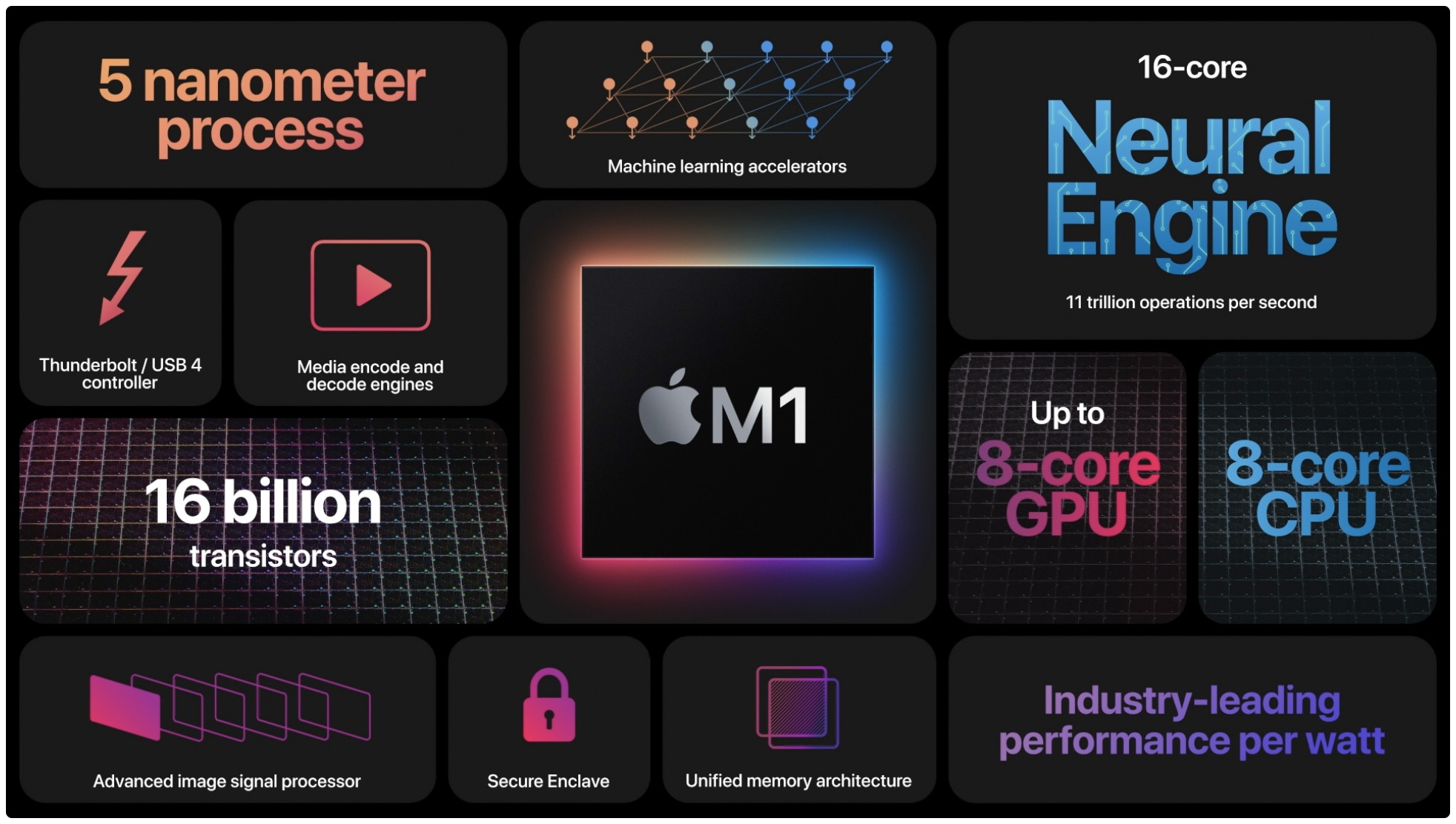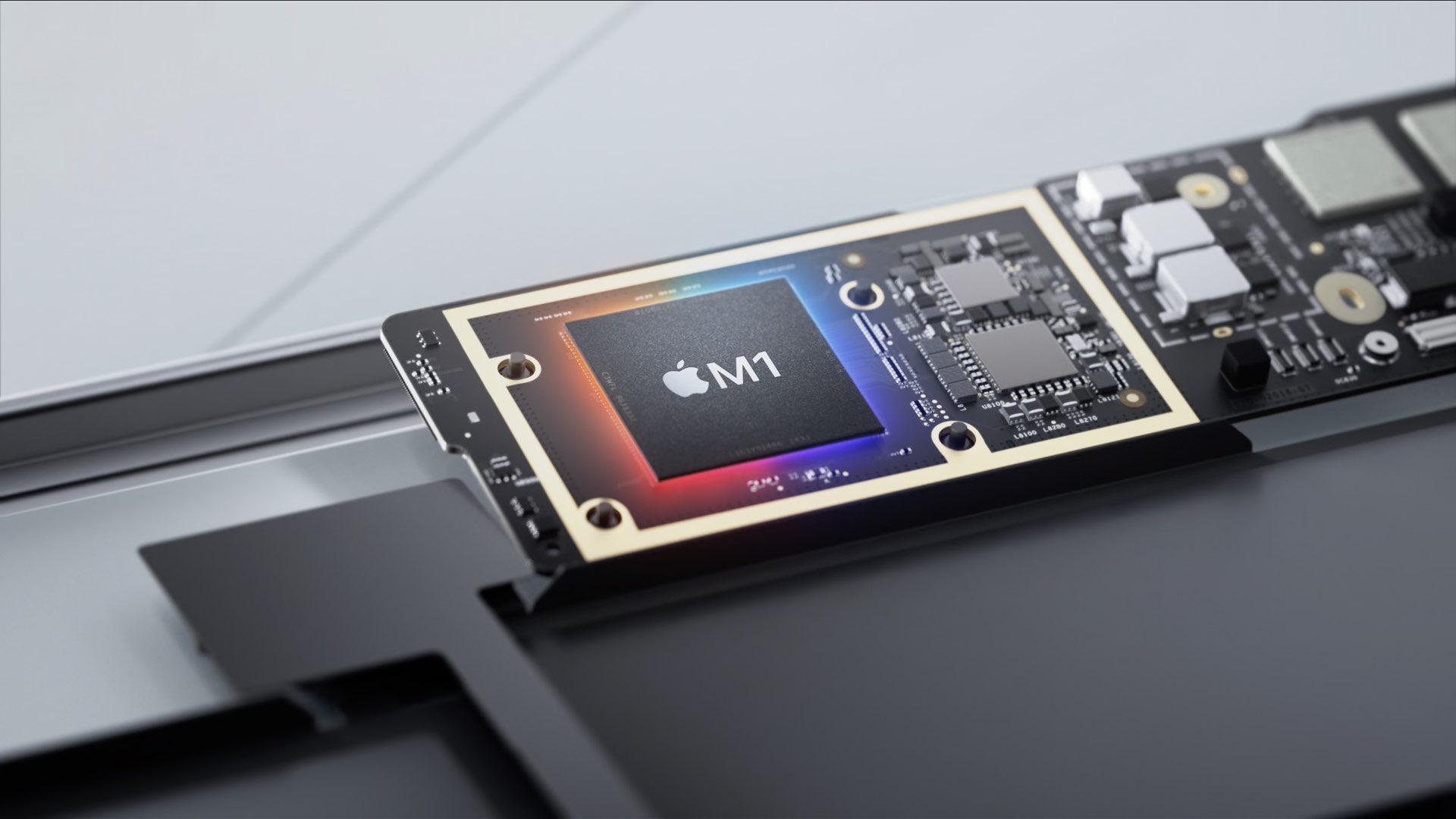
The advent of Apple silicon Macs has inconvenienced users who prefer to run other operating systems on their Mac. Several companies are currently working on Windows virtualization solutions, including Parallels, CrossOver and Docker, but what about Linux? Well, a developer has launched a campaign to fund a project to create a Linux port for Apple silicon Macs.
Developer Hector Martin’s Patreon campaign offers $3, $6, and $12 pledge tiers and seeks to collect $4,000 per month — that’s how much money is needed to proceed with the project.
M1 Macs are capable of running Linux, but creating a working port is a major undertaking; a Herculean effort for one developer. He says he’s up to the task though the project would require dedication equivalent to a full-time job, thus the Patreon.
“We’ve seen how Apple’s new machines are very capable little boxes,” Hector, who likes putting Linux on things, wrote on his Twitter. “No matter exactly how you think they compare with the Intel x86 competition, they are unquestionably the first credible desktop/laptop-class ARM machines. And unlike iPhones/iPads, they are not locked down.”
Help make Linux on Apple Silicon Macs a reality!
Patreon is up: https://t.co/f5a4m7lwcM
I'm pausing billing until I get $4k/mo of commitment, so you won't be charged until there is enough momentum to make the project viable.
— Hector Martin (@marcan42) November 30, 2020
Hector cautions that getting a Linux version that people would actually want to use working on Macs is a huge amount of work. It’s a full-time job rather than something “any single person could seriously tackle – and succeed at – on their spare time.”
→ How to run any iPhone app on M1 Mac
Linux creator Linus Torvalds has expressed doubt as to whether porting Linux over to M1 Macs is even attainable. “The main problem with the M1 for me is the GPU and other devices around it because that’s likely what would hold me off using it because it wouldn’t have any Linux support unless Apple opens up,” Torvalds told ZDNet last week.

With that in mind, we should point out that Hector isn’t exactly a stranger to these things — he’s created a successful Linux port for the PlayStation 4 console!
I’ve been reverse engineering devices for over half of my life, since the early 2000s. I’ve worked to build unofficial open software support for platforms such as the Nintendo Wii (where I am one of the largest contributors to hardware documentation, open libraries, jailbreaking software (The Homebrew Channel), recovery tools (BootMii), etc), the Sony PS3 (where I wrote AsbestOS and a Linux patchset to enable Linux to work on the PS3 Slim as well as up-to-date PS3 units after the original Linux support was removed), the PS4 (which I ported Linux to, to the point of being able to run Steam games with full OpenGL/Vulkan graphics support) and other smaller platforms.
Writing on Twitter, the developer added that perhaps the most difficult part of this endeavor would be GPU support, especially given that Apple’s M1 chip is using a completely custom Apple GPU. Contrast this with other platforms that use either a completely standard GPU (Nintendo Switch) or a slightly customized one (Sony PlayStation 4).
“No such luck for the M1, but we at least have the fact that it’s a legacy-free architecture, comes from the mobile space (where GPUs are historically less insane than PC ones), and I trust their engineers a bit more than AMD or Nvidia ones,” he said.